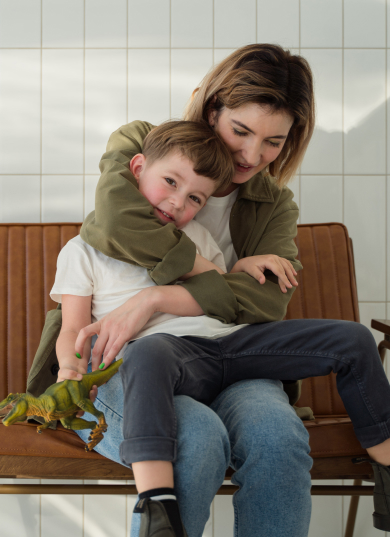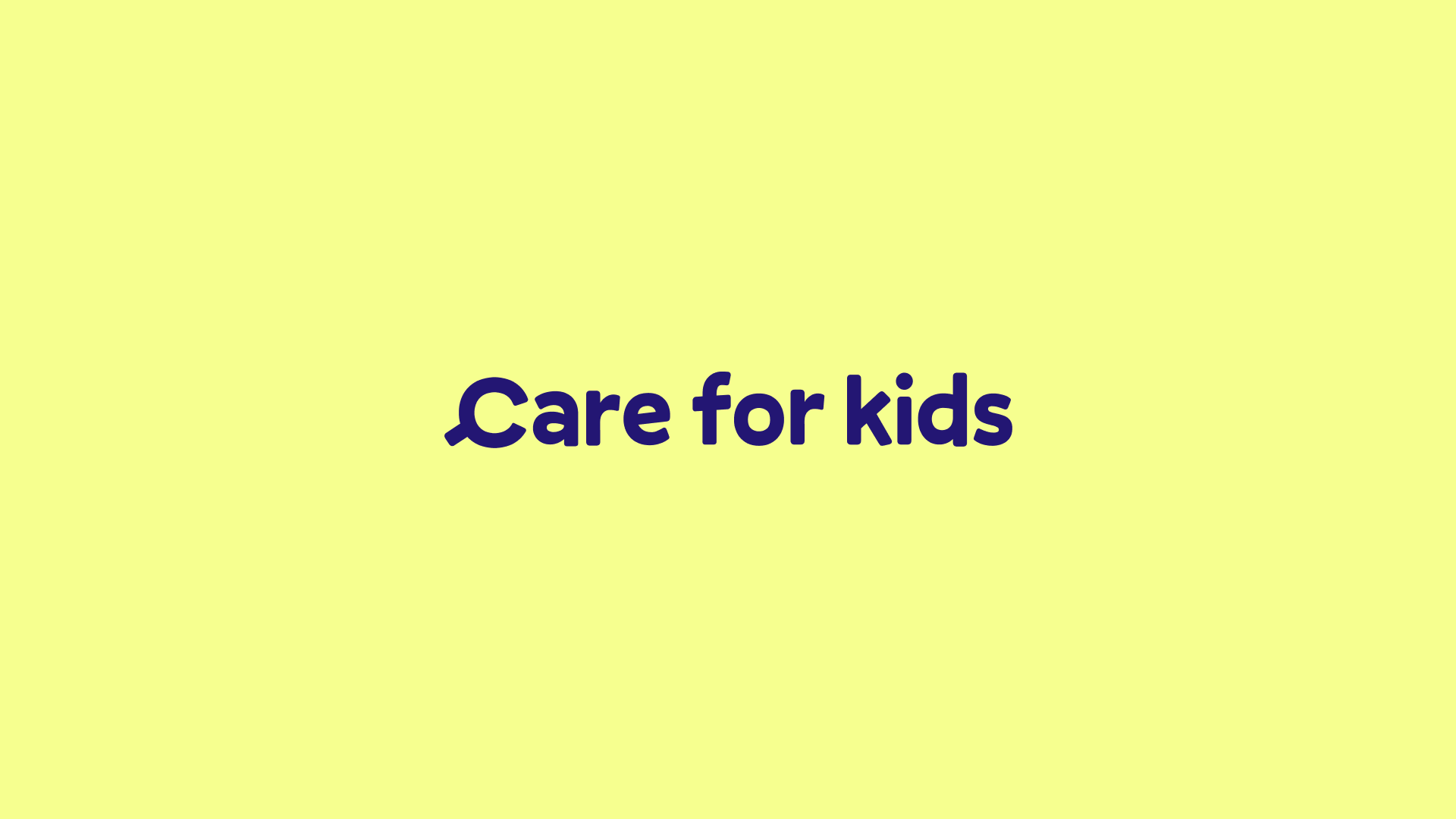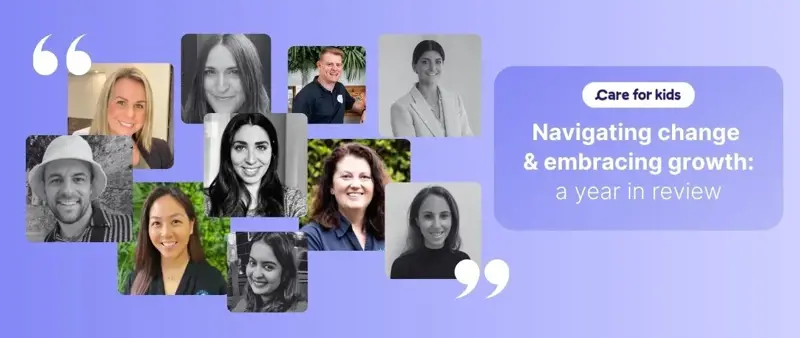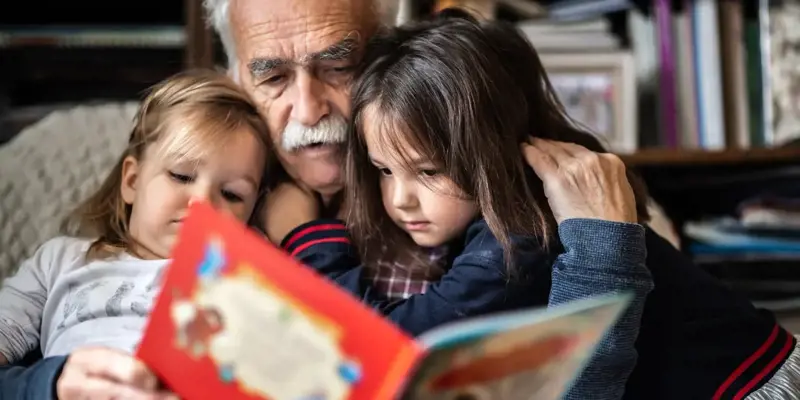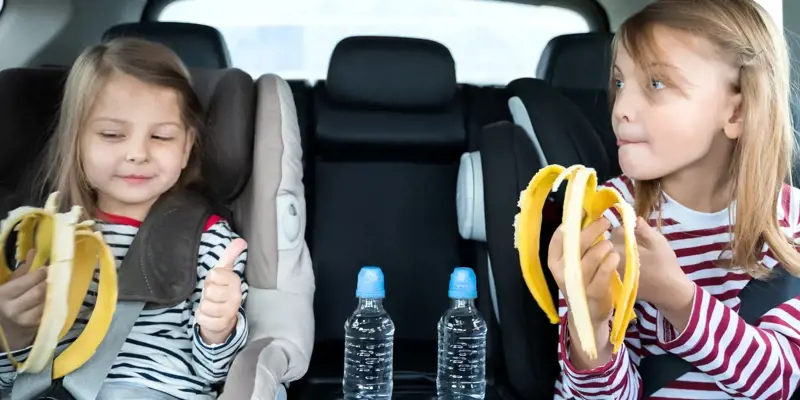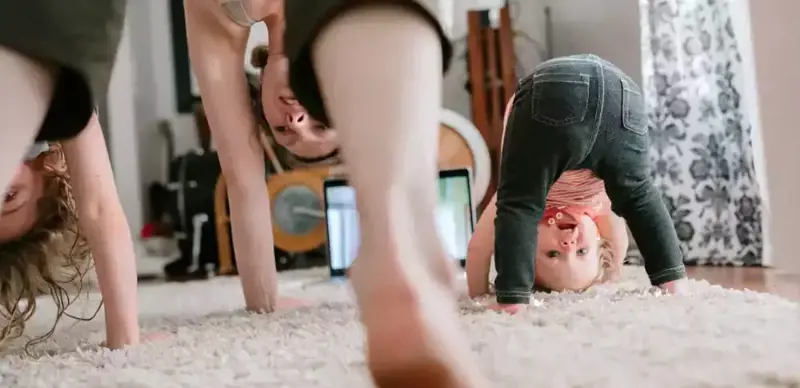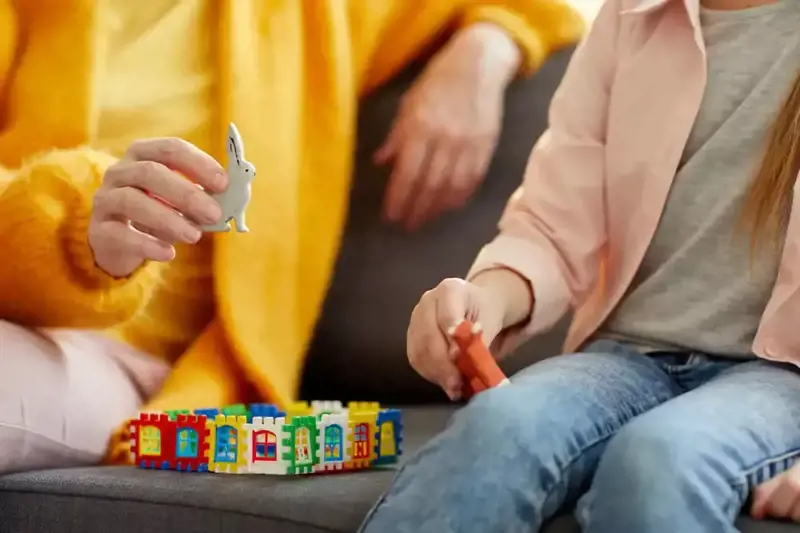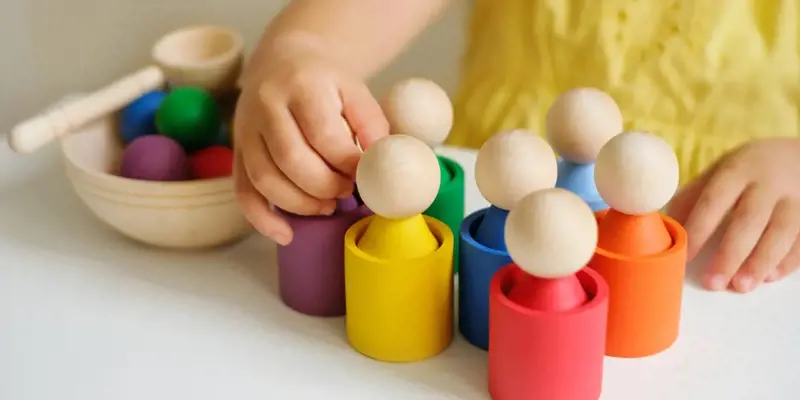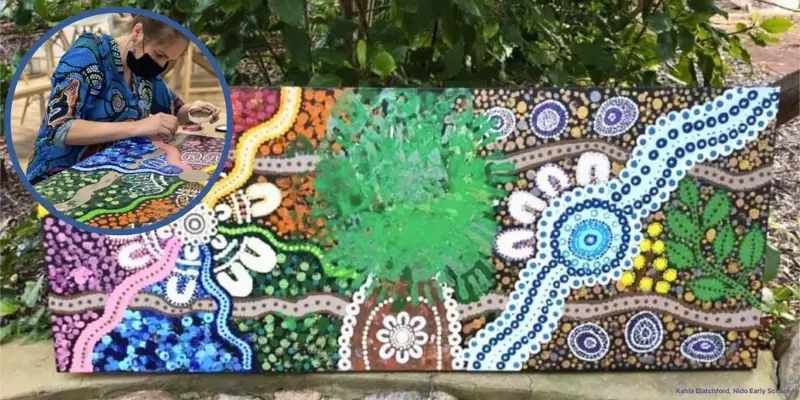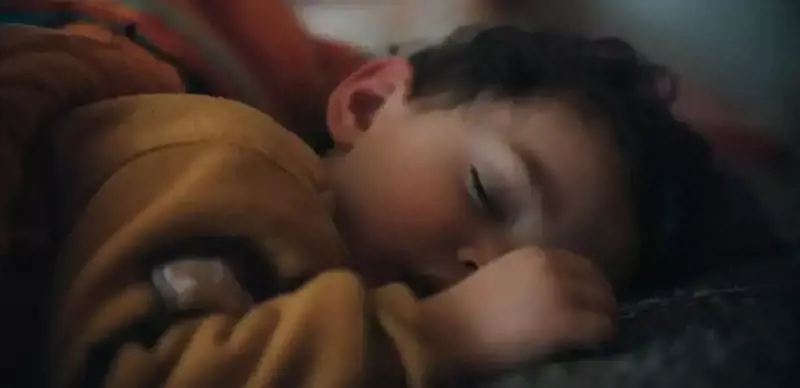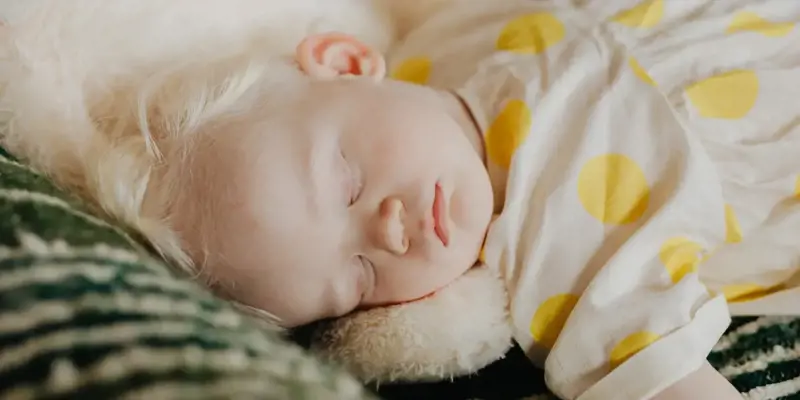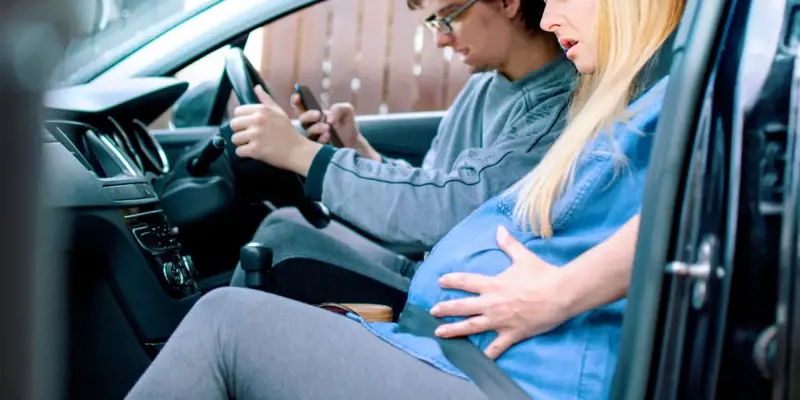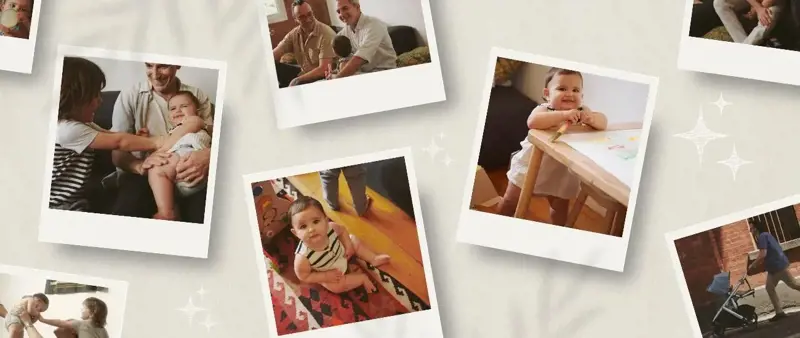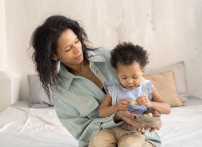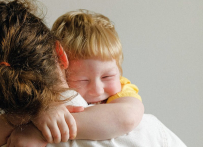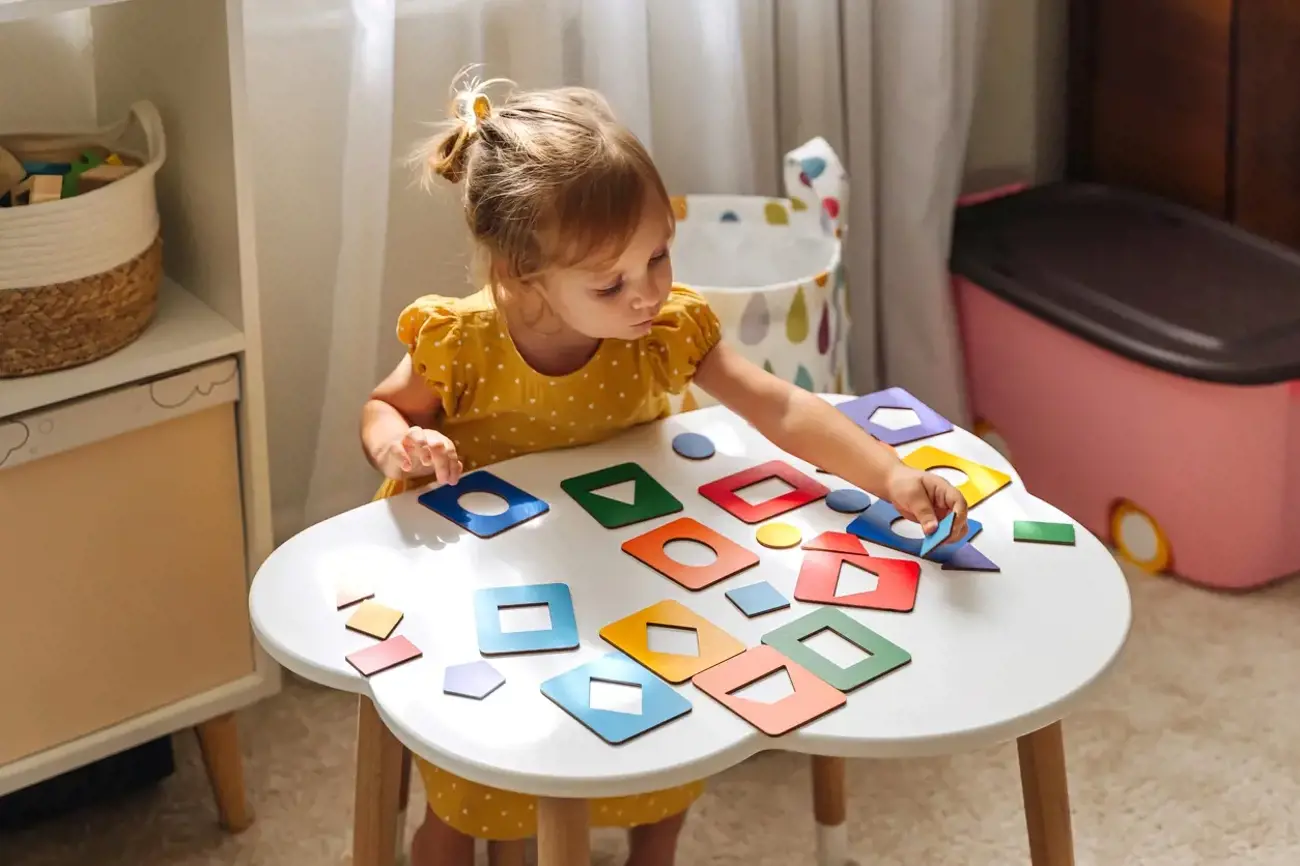When it comes to kids, learning and play go hand in hand. Although it can be challenging to come up with new and exciting activities to keep your little ones entertained, chances are you’ve got everything you need at home to organise a number of DIY activities that also support early learning.
So, if you’re stuck for ideas or you’re in need of a little DIY inspiration, we’ve pulled together 10 easy activities you can do to enhance early learning at home.
Creating a learning-friendly home environment
Before you get into your activities with your little one, it can often be worth spending a bit of time creating a positive learning space at home. Creating a learning-friendly environment helps children develop curiosity and creativity, laying the foundation for developing essential skills.
A learning-friendly home environment starts with a designated learning space where they can play with their toys, colour, paint and complete other activities. It doesn’t have to be a huge area. Often a small table in the corner of the living room is all they need.
If you have the space for it at home, consider creating several learning-friendly spaces around your house for specific activities. For example, your child might have a learning tower in the kitchen where they can help prepare meals or a quiet nook in the study where they can go to read. This helps to create a sense of structure, allowing children to feel comfortable and confident in their space so they can learn, grow and develop.
Another easy way to embrace learning at home is to use everyday activities, like cooking, gardening or grocery shopping, as learning opportunities. Encourage your children to ask questions and get them involved in counting or problem-solving throughout the day.
You can even base the structure of your day at home around different activities. Dedicating time for reading, creative play and outdoor activities provides consistency, helping children feel secure.
10 simple DIY activities for toddlers and preschoolers
When you’re at home, it can be easy to overlook potential learning opportunities and activities that you can do with your kids. That said, your home is a goldmine of fun and engaging DIY activities that also double as a learning experience for your kids. Whether they’re just taking their first steps, learning to talk or they’re in preschool, it often helps to have a few quick and easy activities up your sleeve when you’re looking for something to fill the time.
Here are 10 easy DIY activities you can do at home to support their early learning and development.
1. Sensory bins
Fill a container with rice, pasta or dried beans and hide small toys or letters inside. Add a small scoop or spoon and let your kids dig and explore while improving fine motor skills and sensory development.
One of the best things about DIY sensory bins is that you can change up the contents to keep them interesting and fun.
2. DIY alphabet puzzle
Create a DIY alphabet matching puzzle with a sheet of cardboard, markers, adhesive dots and a few bottle caps. Simply write the letters on the bottle caps and draw the matching letters on a piece of cardboard. Have your kids match the caps to the letters on the cardboard sheet. This activity is budget-friendly and helps develop early literacy skills.
3. Counting with everyday items
Use household items like spoons, buttons or toy cars to teach counting and basic math skills. You can even ask your child to sort the items by colour or size for pattern recognition.
4. Nature scavenger hunt
There’s nothing better than getting out of the house and spending a bit of time outside, so why not use this time as a learning opportunity with a nature scavenger hunt?
Create a simple list of outdoor items (like a leaf, a rock or a flower) and let your kids find them. This promotes observation skills and encourages a sense or curiosity about nature.
5. DIY shape stamping
Most kids love playing with stamps, but that doesn’t mean you need to invest in an expensive stamp set. Instead, cut out different shapes from sponges or potatoes to use as DIY stamps. Dip them in paint and let kids stamp them onto paper. This activity reinforces shape recognition and creativity while helping children develop fine motor skills.
6. Story stones
Paint or draw simple pictures on small stones, like a sun, a tree or an animal. You can even use stickers on the stone if you don’t trust your painting skills. Once your story stones are ready to go, the opportunities for activities are endless.
Let your kids pick a few stones and create a story based on them, encouraging imagination and storytelling. You can also get your kids to sort the stones based on different categories, helping them develop their pattern recognition skills.
7. Homemade musical instruments
Creating homemade musical instruments is a great way to introduce children to rhythm, sound and creativity while using simple household materials. These DIY projects help develop fine motor skills, coordination and a love for music in a fun, hands-on way.
Create your own maracas by filling a plastic bottle with rice, beans, lentils or small beads. You can even decorate the bottle with coloured tape and ribbons. To make a mini guitar, stretch a few rubber bands of different sizes around an empty tissue box and attach a cardboard roll for a guitar neck. The rubber bands should create different tones, helping children to understand pitch variations.
8. Ice excavation game
DIY ice excavation games are a great option for a hot summer's day. Freeze small toys in an ice tray or bowl and let kids use warm water and tools (like a spoon) to "rescue" them. Not only does this activity engage the senses, but it also introduces basic science concepts and problem-solving.
9. DIY name tracing board
A DIY name tracing board is a simple, reusable tool that helps young children practice writing their name, improving fine motor skills, hand-eye coordination and letter recognition. This fun activity makes learning interactive and engaging, encouraging confidence in early writing.
Write your child's name on a piece of paper and cover it with a clear plastic sheet. Give them a dry-erase marker to trace over their name multiple times. As their skills improve, you can write simple words or phrases underneath to expand their vocabulary.
10. Baking together
Baking and cooking offer a range of learning opportunities, from maths and science to creativity and following instructions. The key is to start with simple recipes and age-appropriate tasks. For example, your toddler can help to stir and pour ingredients while making cookies or muffins. Preschool-aged children can take on more advanced tasks, like measuring, cracking eggs and kneading dough.
Safety tips for DIY learning with young children
Engaging in DIY activities with your little ones can be a heap of fun, but it’s important to ensure safety comes first. Here are some essential safety tips to keep learning fun and accident-free:
- Choose age-appropriate materials,
- Supervise your children at all times,
- Maintain a clean, organised space,
- Opt for non-toxic and natural materials,
- Teach your children to handle tools safely,
- Encourage your children to wash their hands after messy play, and
- Keep a first aid kit with band-aids, antiseptic wipes and allergy medications nearby.
After a little more inspiration for activities with your kids? We’ve got you covered with a range of activities to help with school readiness and science activities that build STEM skills.


